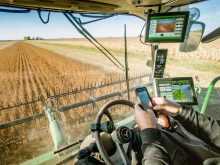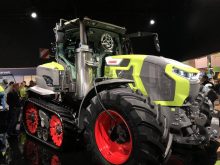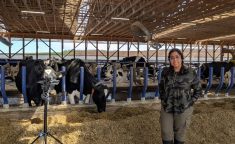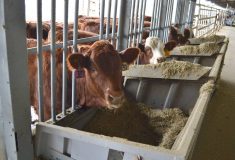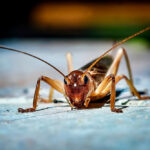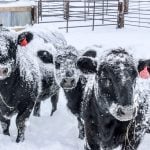From flashy toy to just another tool in the tool box — for many farmers, drones have simply become an everyday part of the work they do.
“It’s not as novel as it was a few years ago,” said Markus Weber, president of LandView Drones. “For a lot of people when they buy a drone, the first season it’s a toy. They’re enamoured with the technology. They use it to get some great harvest and seeding videos.
“It usually takes a year for an individual to get past the pretty pictures and videos stage. But after that first year is when they turn their minds to what else this tool can do.”
Read Also
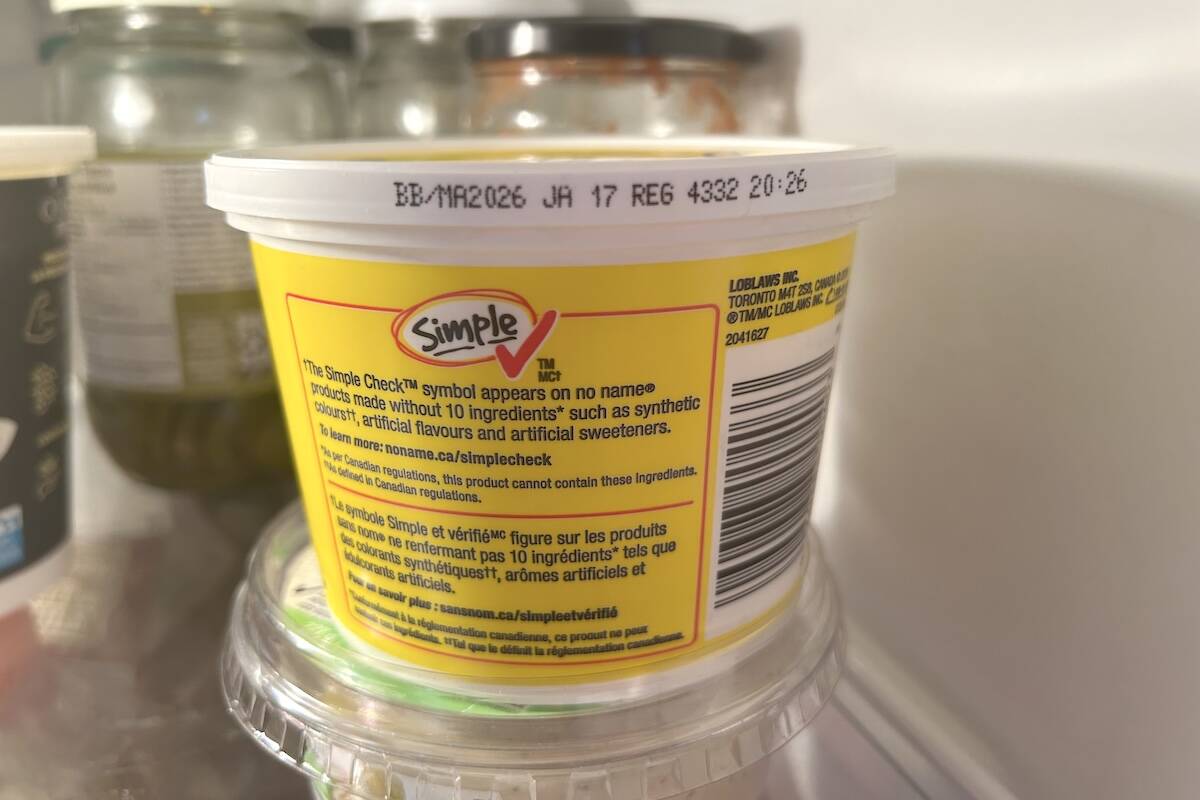
Best before doesn’t mean bad after
Best before dates are not expiry dates, and the confusion often leads to plenty of food waste.
Drone technology has moved forward in leaps and bounds over the last five years, and as prices have come down and the technology has improved, Alberta farmers have found ways to put these new tools to work on the farm.
“It really depends on the operation — they’ll use it either as a tool to find things like cattle in the pasture or for crop scouting or to develop some prescription mapping,” said Weber, adding that, while drones are still not meant for spying, a lot of models now have zoom capabilities.
“We’ve got small systems now like the Mavic 3 that have 28x hybrid zooms, so you can position the drone hundreds of yards away and zoom in to see whether there are noxious weeds along the far quarter section line.
“You can get a lot closer to the subject without flying closer to them by bringing in those optics.”
The zoom capabilities on high-end systems are even more advanced, he added.
“We have systems now that were developed primarily for infrastructure inspection and public safety that allow you to take pictures of the exact same location over and over again with zoom,” said Weber. “The benefit for agriculture is you can have benchmark sites that you revisit throughout the season to see how the crop is progressing.”

The technology for imaging sensors hasn’t advanced much over the last two years, he said, but prices have dropped, which has helped adoption rates. Drone software, on the other hand, has come a long way from where it was.
“The software side is always where the industry was lacking — getting more value out of the imagery,” said Weber. “But there’s software now that’s really good at extracting data points on individual plots. A lot of that has really been refined over the last two years to automate those processes.”
Unfortunately, the short battery life — which has been a primary complaint of drone users on the farm — has changed “only incrementally.”
“We’re not using a different power system than we were then, so flight times for the small drones you’d use for crop scouting have gone from about 20 minutes to about 35 minutes,” he said. “It’s almost 50 per cent more than it was two years ago, but it’s still only 50 per cent more. It would be nice if we could be flying for an hour or two, especially when we’re applying product.”
Drone spraying
“The big change over the last six to 12 months has been all this talk about spraying with a drone,” he said. “Initially we were thinking that the battery power would be such a limiting factor that it wouldn’t make sense to spray in Western Canada with drones. But the technology has been evolving rapidly, and there’s a lot of interest now in spraying with drones over both small and large acreages.”
Right now, the biggest limitation for using a drone to spray or spread crop protection products is the regulatory environment. Currently, the Pest Management Regulatory Agency (PMRA) has listed drone application as off label for all pesticides.
But that will change, said Weber.
“The technology is advancing because there are so many users in other parts of the world,” he said. “On the spraying front, we’re seeing pulse-width modulation on these drones already, improvements to the design to have coarse-air sprays to reduce drift, that type of thing. Most of the systems now have a spreading system that you can buy to use with cover crop seeding.
“The PMRA just needs evidence that it’s safe to be applying by drone, so it’s just a matter of time before those regulations change.”
Other industries in Alberta are already testing drones for tasks such as seeding, spraying, and spreading. Lindsay Wadsworth, who works primarily in the forestry and oil and gas industries through his role as a manager at Integrity Industries North, has been using the new DJI Agras T30 to help one of his clients seed reclaimed forestry roads with conifers in the Grande Prairie area.
“The biggest thing for us is access,” said Wadsworth. “Most cut blocks are seeded with seedlings and humans, and they use roads to access the cut blocks. Once the cut blocks are seeded, they need to grow the roads back. But it’s not advantageous to send people in there with no access.
“So this is something they’re trying to see if it’s worth it or not, and that’s really where the drone comes in. The access issues are removed, so you can fly it around and get it done.”

Wadsworth has just begun this experiment, but so far, the drones — which are a flagship model of agricultural sprayer that has a 30-litre spraying tank and spreading system — work “surprisingly well.”
“These drones were really designed to spray quarter sections, so it’s a little bit outside of that scope,” said Wadsworth, adding that he has received government approval to run some spraying trials with the drones. “But as we’re actually getting conifers on the ground and hitting our seeds per square metre, we’ve got it figured out how to hit that target and move it around. The drone can fly up to 45 metres above the ground and still get us the coverage that we need.”
Barriers and benefits
“In a setting like this, to try to co-ordinate battery usage to battery charging is very complicated,” he said. “I was really hoping the battery would charge in 10 minutes like they said it would. It’s about a 10-minute turnaround from the time you get fertilizer in, go do your run, spread your 34 kilograms, land it, and swap the batteries. But the batteries were taking 25 minutes to charge.
“It’s definitely a limitation — do you go with two chargers? More batteries? It’s a little tricky.”
Timing the seeding operation is another challenge.
“Conifer seeds have a particular process to stratify — it needs to be hot, cold, hot, cold, so you can’t seed in the middle of winter, but you also can’t seed when it’s not getting cold at night. The timing window is really interesting, and we’re working on that.”
But one of the biggest barriers is just educating farmers about how drones can help their operations.
“This type of drone work could really help them get their lower areas seeded and get more seeds in the ground quicker,” said Wads-worth.” And as we experience more weather events, I think drones are going to save crops and people’s livelihoods.
“That’s the stuff I’m excited about — getting people actually utilizing these technologies.”
In the meantime, the producers who use them are already finding novel ways to use drone technology to improve their bottom lines.
“The main thing a drone does is reduce time spent in the field,” said Weber. “You can access something that’s hundreds of yards away in a matter of seconds, as opposed to trampling crops to access it. Once canola is more than hip-deep, nobody is wading through it, but you can still get an aerial view of it extremely quickly.”
That allows producers to see problems they otherwise wouldn’t from the ground, he added.
“By getting up into the air, you really do see problems almost immediately,” he said. “I’ve had agronomists, for example, identifying phosphorus deficiencies in the first couple of seconds of a flight just by getting a few feet up and seeing the big picture.
“It’s hard to quantify what that’s worth on a per-acre basis. But figuring out what you’re doing wrong is important in order to be able to correct it as a farm manager.”



